Dry Co Mill – Technical Specification & Application in the Pharmaceutical Industry
Thank you for reading this post, don't forget to subscribe!Dry Co Mill (Conical Mill) is a highly efficient size reduction machine applied in pharmaceutical production for reducing size, granulating, and de-lumping of dry granules and powders. It ensures uniform particle size with little heat generation, which is suitable for products that are sensitive to heat used in tableting and capsule production.
Technical Specifications of Dry Co Mill
- Construction Material
Stainless Steel (SS 316L for contact components, SS 304 for non-contact components) – maintains GMP & FDA compliance.
Mirror or Matte Finish – does not allow contamination and is easy to clean.
Dust-Tight Seals – avoids cross-contamination of fine powders.
- Milling System
Conical Shaped Chamber – provides even and gentle size reduction.
Rotor Speed: 500–3000 RPM, adjustable according to material requirements.
Screen Sizes: 0.5 mm to 10 mm, interchangeable for various particle size outputs.
Knife & Impact Blades: For coarse and fine milling.
- Drive System
Motor Power: 1 to 10 HP, as the processing capacity is required.
Belt or Direct Drive Mechanism – for fluid and regulated handling.
Variable Frequency Drive (VFD) (Optional): Provisions for control of speed in order to enhance milling.
- Feed & Discharge System
Gravity or Vacuum Feeding System – regulates material supply.
Bottom Discharge with Collection Hopper or Vacuum Transfer System – facilitates easy material collection.
Feeding Mechanism: Hand feeding or screw conveyor feeding options.
- Capacity & Output
Batch Size: From 10 kg/hr to 2000 kg/hr, depending on the model.
Particle Size Reduction: 50 microns to 5 mm, depending on the screen to be used.
- Safety Features
Overload Protection – avoids motor damage.
Interlocking Mechanism – shuts off the machine if the cover is not closed.
Earthing & Static Charge Protection – keeps operator safe.
Applications of Dry Co Mill in the Pharmaceutical Industry
- Granulation of Dry Powders: Transforms large particles into consistent granules for tablet compression and capsule filling.
- De-Lumping of Granules: Disrupts agglomerates developed after drying, providing uniform granule size.
- Size Reduction of Heat-Sensitive Materials: Reduces active pharmaceutical ingredients (APIs) and excipients without heat degradation.
- Uniform Particle Size Distribution: Provides consistent flow properties for tablet and capsule manufacturing.
- Reprocessing & Recycling: Utilized for reprocessing rejected tablets by size reduction for reuse.
- Multi-Industry Applications: Used by pharmaceutical, food, chemical, and nutraceutical industries for controlled milling.

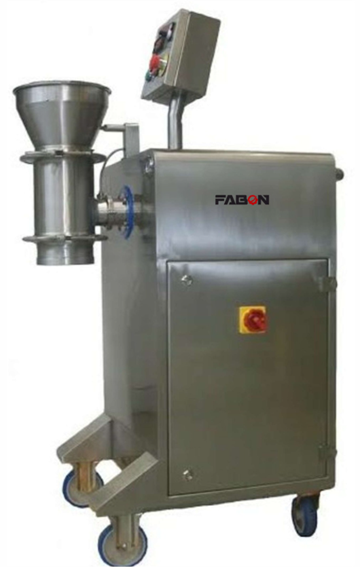
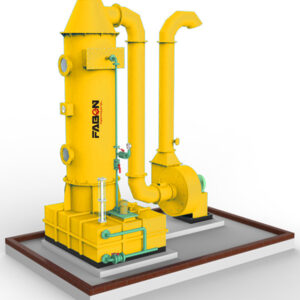
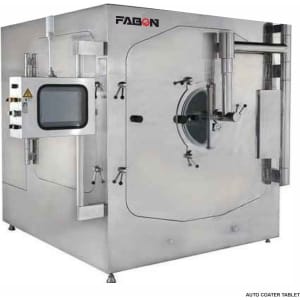
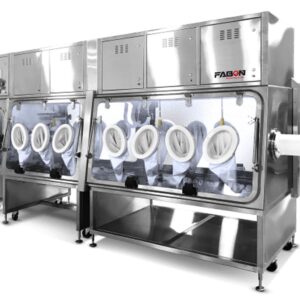
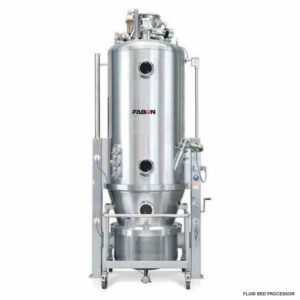
Reviews
There are no reviews yet.